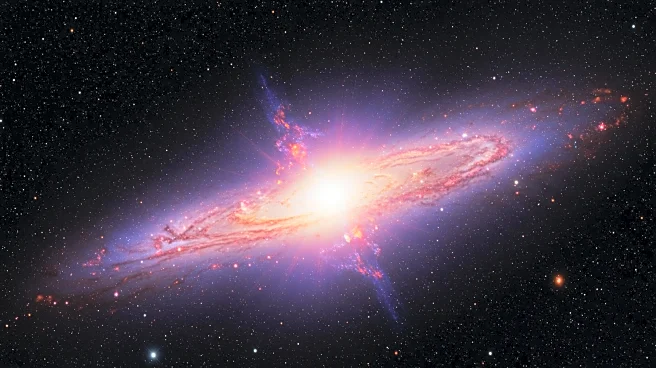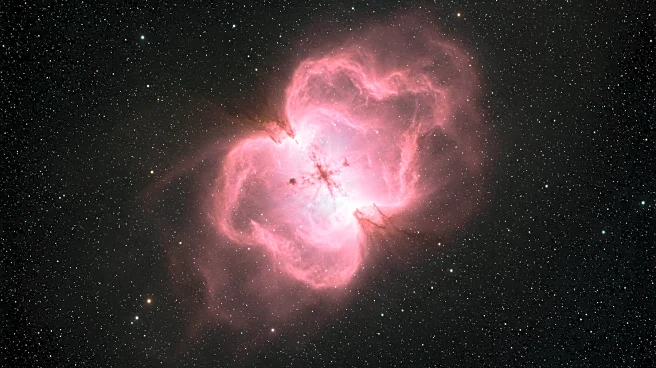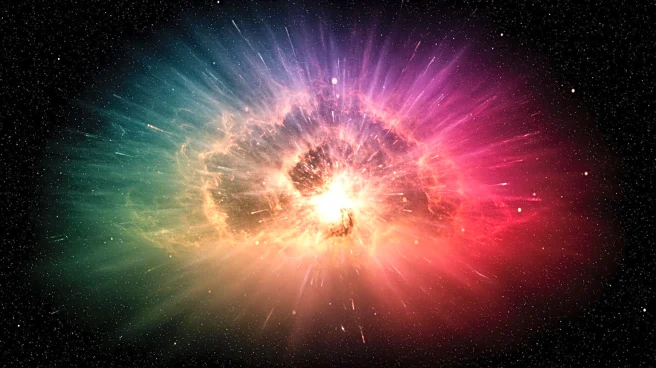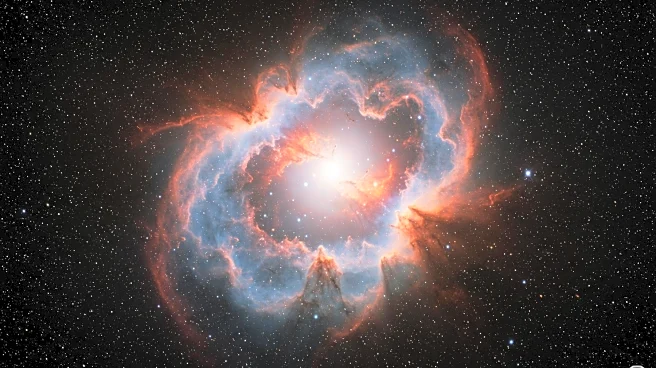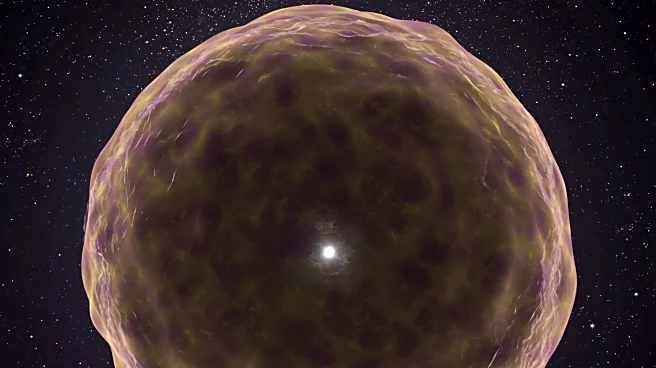Rapid Read • 7 min read
Astronomers have observed the transformation of a dying star, IC 418, over 130 years, marking a significant study in stellar astrophysics. The research, published in The Astrophysical Journal, reveals a dramatic rise in the star's temperature by approximately 3,000°C, challenging existing models of stellar evolution. This long-term observation provides real-time insight into the death of a star, offering new perspectives on the timeline and processes involved in stellar death.
The study of IC 418's rapid transformation offers valuable insights into the chemical evolution of galaxies, as dying stars contribute essential elements to the interstellar medium. The findings challenge existing theories about the speed and intensity of stellar death, potentially altering models of galactic chemistry and element production. This research underscores the importance of historical astronomical data in understanding cosmic phenomena.
AD
Astronomers will continue to monitor IC 418's evolution, using advanced telescopes to track its heating and eventual transition into a white dwarf. The study may inspire further research into the end-of-life phases of stars, refining models of stellar evolution and chemical enrichment. Researchers may also explore the implications of rapid stellar death for galactic evolution and the distribution of life-essential elements.
The study highlights the value of combining historical and modern data to visualize cosmic changes over extended periods. By documenting the transformation of IC 418, astronomers gain a rare glimpse into the universe's dynamic processes, offering new opportunities for observational astrophysics.
AD
More Stories You Might Enjoy


